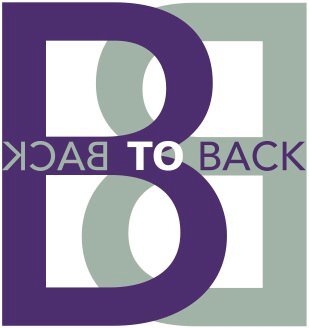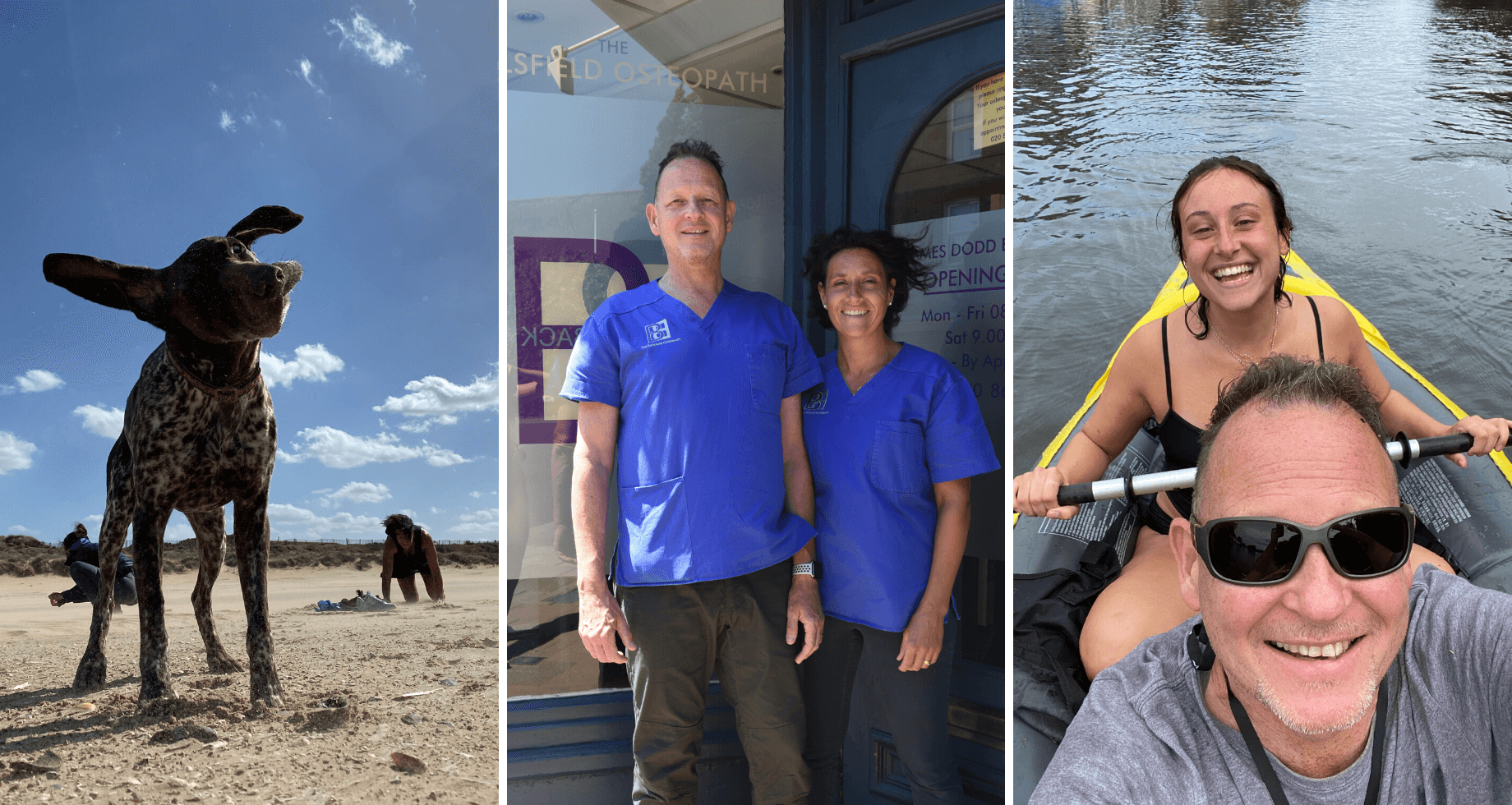A whole year of this has caused stiffness in our joints, poor posture, tightened muscles and has had a negative impact on our body. So, what are we going to do about it?
Read MoreA bit of contention, but we all have big butts for a reason. Or compared to your biceps, shoulders or calves anyway! This is because the Glutes need to be able to do so much. They control the ‘top down’ movement of your head and trunk etc and also of the ‘bottom up’ part of you ….meaning of your legs and the reaction of you contacting with the ground.
Read MoreTri-Plane Movement and Functional Training, these are both current words used to describe movement and training by the personal training and allied health professions (osteopath, physiotherapist, exercise physiologist and chiropractor). The health and fitness industry is going through yet another change, just like the swiss ball was the man of the moment in the 90′s, pilates and the core were the trend of the early 2000′s, many trainers and health professionals are now focusing on training movement rather than muscle, training functional exercises rather than non functional exercises, training groups of muscles rather than muscles in isolation.
Read MoreThey are the adductor brevis, longus, magnus oblique and magnus vertical. The brevis and longus attach onto the posterior medial part of the femur, not just on the medial part as most people talk about.
Read MoreGastrocnemius function – How it assists in knee extension
Read MorePart 1 of this article looked at giving readers a better understanding of Hypermobility Syndrome (HMS) and the implications it may have on the musculoskeletal system. Having a greater understanding of the common problems associated with hypermobility syndrome, how it is diagnosed and its relationship to other connective tissues disorders provides us with a solid base by which we can then go about developing a corrective exercise program. Part 2 aims to provide a more extensive look at assessing the hypermobile patient and taking a region specific approach to training.
Read More






